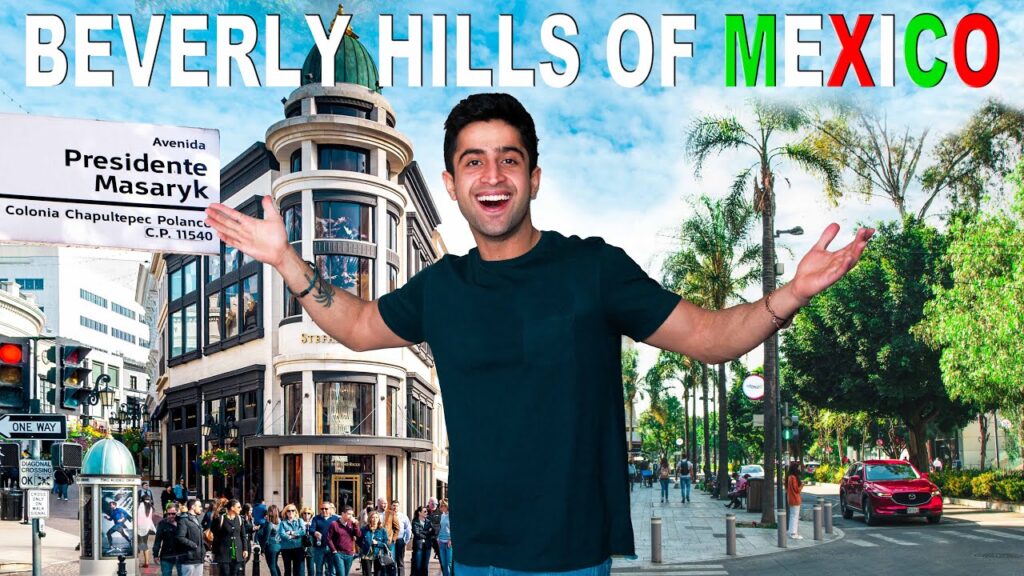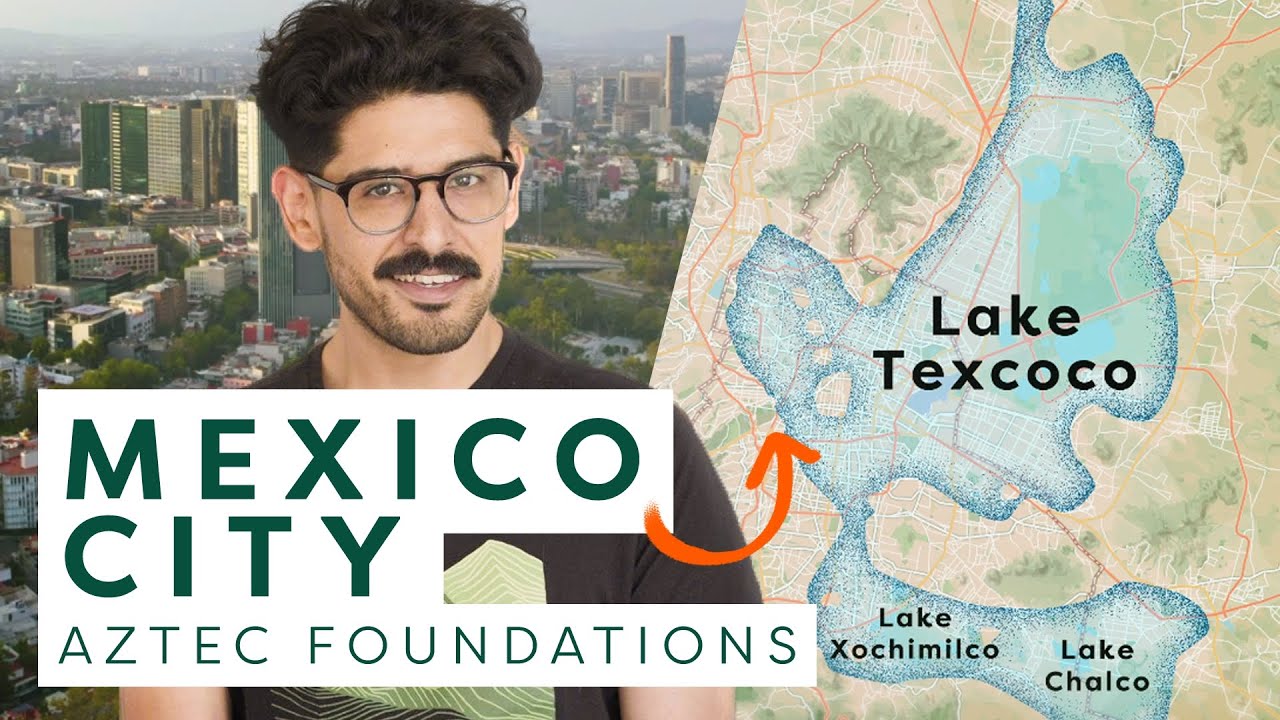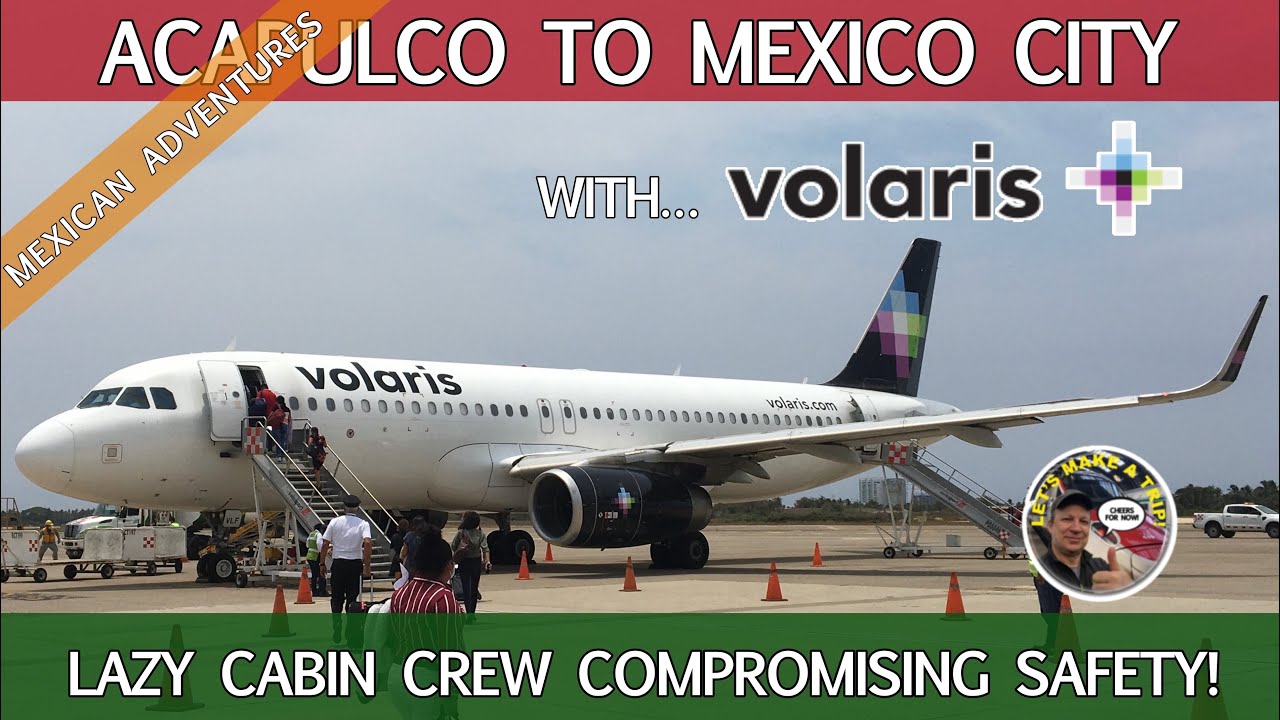Discovering the Richness of Mexico City: A Travel Adventure
Mexico City, a sprawling urban canvas rich in history, culture, and culinary delights, beckons adventurers to delve into its many layers. The city, one of the largest in the world, is a blend of ancient heritage and modern dynamism, making it a perfect destination for those seeking a travel experience filled with contrast and discovery. From the remnants of Aztec civilization to the bustling streets of contemporary neighborhoods, every corner of this metropolis tells a story of Mexico’s past and present.
The heart of Mexico City is undoubtedly its historic center, where ancient structures rub shoulders with colonial architecture. A visit to the Zócalo, the city’s main square, provides a glimpse into the country’s rich tapestry of history, with landmarks such as the Templo Mayor, a significant Aztec ruin, and the Palacio Nacional, home to Diego Rivera’s famous murals. These iconic sights offer not just a journey through Mexico’s cultural heritage but also showcase the diverse influences that have shaped the city over the centuries.
Beyond historical exploration, Mexico City is a paradise for food enthusiasts. The city’s culinary scene is as varied as its neighborhoods, offering everything from street food delicacies like tacos and tamales to high-end dining experiences in Polanco and Condesa. Each dish serves as a medium to understand the local culture, ingredients, and cooking techniques that have been passed down through generations. Venturing into the city’s markets, such as La Merced and San Juan, provides an immersive experience into the bustling life of Mexico City, where the vibrant colors, sounds, and smells bring the soul of Mexico to life.
Exploring the Wealth of Cultures in Mexico City
Mexico City, the vibrant heart of Mexico, is a melting pot of cultures, offering an immersive exploration into the country’s rich and diverse heritage. This sprawling metropolis, one of the largest cities in the world, is not just a hub for Mexican culture but a convergence point for traditions from all corners of the globe. The city’s historical layers unfold at every corner, offering a unique tapestry of stories that date back centuries.
At the heart of this cultural wealth is the Zócalo, the city’s main square, where the ancient meets the modern. Here, you can witness the grandeur of the Templo Mayor, a major temple of the Aztecs, right next to the stunning architecture of the Spanish colonial era, exemplified by the Metropolitan Cathedral. This juxtaposition of the ancient and colonial periods invites visitors to contemplate the complex history of Mexico City and the myriad cultures that have shaped it.
Walking through the neighborhoods of Mexico City is like wandering through a mosaic of cultural expressions. In Coyoacán, the spirit of Frida Kahlo and Diego Rivera still lingers, offering insights into Mexico’s post-revolutionary art and intellectual life. Meanwhile, the colorful canals of Xochimilco provide a living memory of the city’s agricultural past, with their floating gardens or “chinampas” offering a glimpse into pre-Hispanic times.
Mexican cuisine, recognized by UNESCO as an Intangible Cultural Heritage of Humanity, is another vital aspect of the city’s cultural wealth. Street food stalls, vibrant local markets, and high-end restaurants alike serve as ambassadors of Mexico’s culinary diversity. From traditional dishes like tacos and tamales to the complex flavors of mole sauces, the flavors of Mexico City are a testament to the fusion of indigenous traditions with Spanish influences.
Cultural events and festivals add yet another layer to Mexico City’s cultural panorama. From the awe-inspiring Day of the Dead celebrations to the colorful parades of Guelaguetza, these events are a vibrant showcase of Mexico’s living traditions and communal spirit. Each festival is a unique opportunity to experience the fusion of pre-Hispanic rituals with Christian festivities, highlighting the resilient and adaptive nature of Mexican culture.
The Economic Vibrancy of Mexico City: A Traveler’s Perspective
Mexico City, the vibrant heart of Mexico, thrives not just culturally but also economically. Its bustling streets, filled with an array of businesses from towering skyscrapers housing multinational corporations to bustling local markets, tell a tale of a city that is constantly moving and growing. For travelers, this economic vibrancy translates into a multitude of experiences, from luxury shopping to exploring the local economy through markets and street vendors.
The city’s economic landscape is diverse, reflecting its status as a major global business hub. As a traveler, one can witness the seamless blend of traditional Mexican industries with the modern digital age. This juxtaposition offers a unique insight into Mexico City’s economic prowess and its ability to balance heritage with progress. Exploring areas like Polanco and Santa Fe can give visitors a taste of the opulence that economic success brings to the city, with upscale restaurants, designer boutiques, and world-class entertainment options.
On the other hand, the local markets such as La Ciudadela or Mercado de San Juan present an entirely different facet of Mexico City’s economic vibrancy. Here, the rich tradition of Mexican crafts and the importance of small-scale commerce in supporting local communities become evident. These markets are not just places of transaction but are cultural experiences, offering insights into the local economy’s structure and the everyday life of its people.
The culinary scene in Mexico City is another testament to its economic vitality. From street food stalls offering tacos and tamales to gourmet restaurants pushing the boundaries of traditional Mexican cuisine, the city’s food landscape is a dynamic and integral part of its economy. This diversity not only supports a wide range of economic activities but also showcases the richness of Mexico’s gastronomic heritage, drawing travelers and food enthusiasts from around the globe.
Moreover, the city’s investment in tourism and infrastructure reflects its understanding of the economic value of travelers. The development of efficient public transport, preservation of historical sites, and promotion of arts and culture are aimed at enhancing the visitor experience, thereby boosting tourism and related economic activities. Mexico City’s ability to offer a comprehensive and immersive travel experience rooted in economic diversity is what makes it a captivating destination for travelers seeking to understand the essence of Mexico’s economic vibrancy.
Mexico City: A Capital of Art, History, and Economic Power
Mexico City is a vibrant metropolis that serves as the heart of Mexico, not only geographically but also culturally, historically, and economically. This city is a captivating blend of ancient traditions and modern advancements, making it a must-visit destination for travelers seeking a unique experience. Its rich history is visible at every turn, from the ancient ruins of Tenochtitlán, the city’s predecessor, to the grand colonial architecture that lines its bustling streets.
Art enthusiasts will find Mexico City to be a paradise, boasting an impressive array of galleries, museums, and public art installations. The city is home to the famous Frida Kahlo Museum, where visitors can delve into the life and works of one of Mexico’s most iconic artists. Additionally, the Palacio de Bellas Artes captivates with its stunning murals by Diego Rivera and other prominent Mexican muralists, showcasing the country’s vibrant artistic heritage.
Historically, Mexico City is a treasure trove of significant landmarks and museums that narrate the rich tapestry of Mexico’s past. The Templo Mayor, a major Aztec temple, offers a glimpse into the pre-Columbian era, while the vast Chapultepec Park houses the National Museum of Anthropology, renowned for its extensive collection of indigenous artifacts. These historic sites provide an invaluable insight into the complex history that has shaped Mexico City and the nation at large.
Economically, Mexico City stands as a powerhouse, driving the nation’s economic growth. It is a center for international business and finance, with numerous multinational corporations choosing it as their Latin American headquarters. The city’s economic dynamism is matched by its cultural richness, creating a unique environment where history and modernity coexist. This blend of cultural depth and economic vigor makes Mexico City an unparalleled destination for adventure and exploration in Mexico.


